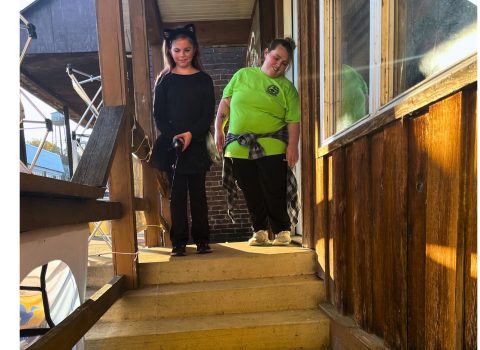The North American Wetlands Conservation Council is excited to announce several significant and profound changes to the U.S. North American Wetlands Conservation Act (NAWCA) grant programs that will go into effect with the 2024 proposal cycles. The intent of making these changes is to reduce barriers and increase participation on projects, to help build partnerships with new organizations. The Council and the U.S. Fish and Wildlife Service (Service) believe these changes will empower our grantees and partners to continue to conserve vital wetlands, benefitting waterfowl, wetlands habitat and numerous other species of wildlife, today and into the future.
What are the major changes?
Applicants may now request up to $3,000,000 for U.S. Standard grants with no additional justification. By setting a higher maximum cap, we’re helping our conservation partners meet the demand for more funding to carryout large-scale conservation efforts in areas that are critically important for wetland-dependent migratory birds. We look forward to seeing U.S. Standard grant proposals requesting the full range of funding from $250,001 to $3 million in 2024.
U.S. Small grants are an entry point for new grant recipients to NAWCA. Like everything else, the cost of habitat conservation is on the rise. In direct response to that, the Council increased the U.S. Small grants maximum cap from $100,000 to $250,000, meaning that applicants can submit proposals ranging from $10,000 to $250,000.
Over the years, the Council and the Service received feedback that applying for U.S. Standard grants is challenging because the instructions are complex and proposals require a lot of information. To address this, we’ve changed the instructions to eliminate information that was redundant or unnecessary to effectively determine eligibility, and review and score proposals. We’re also eliminating duplicative narratives or data points and giving applicants more flexibility in estimating the numbers of species benefits. We hope these changes will significantly reduce the time required to develop a U.S. Standard grant proposal.
“These recent modifications to the NAWCA program are an excellent example of the continued adaptability within the program,” said Tony Wasley, Director of the Nevada Department of Wildlife and Council Chair. “Through sustained funding and diverse partnerships, NAWCA has undoubtedly played a key role in the continued growth of geese, swans, ducks, and other waterbirds. These new adjustments will only enhance the ability of NAWCA-facilitated partnerships to deliver on-the-ground benefits for all wetland associated species.”
Where can you learn more?
These changes are incorporated into the 2024 Proposal Instructions.
Why are these changes so important?
“We can easily say that the historic and nationwide progress in conserving wetlands and wetland-dependent species is partially because of the landmark North American Wetlands Conservation Act Grant Program,” said U.S. Fish and Wildlife Service Assistant Director for Migratory Birds Jerome Ford. “These changes are not only significant to the people applying for these grants, but this will help direct funding to large-scale wetland conservation efforts, helping to purify water, aid in flood control, reduce soil erosion and sedimentation and enhance outdoor recreation opportunities.”


